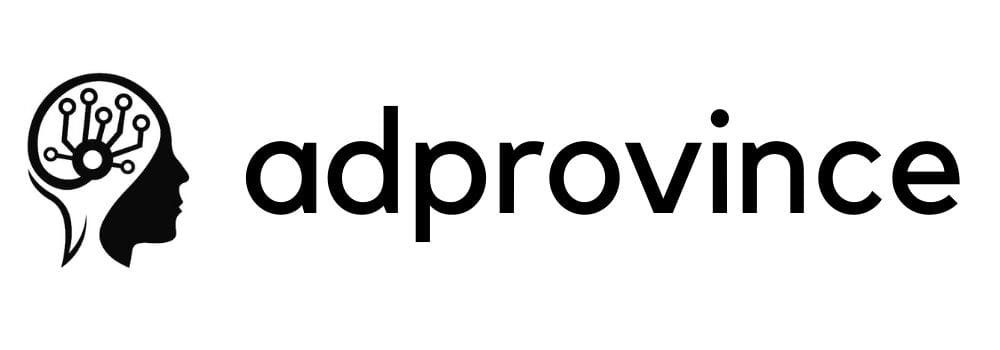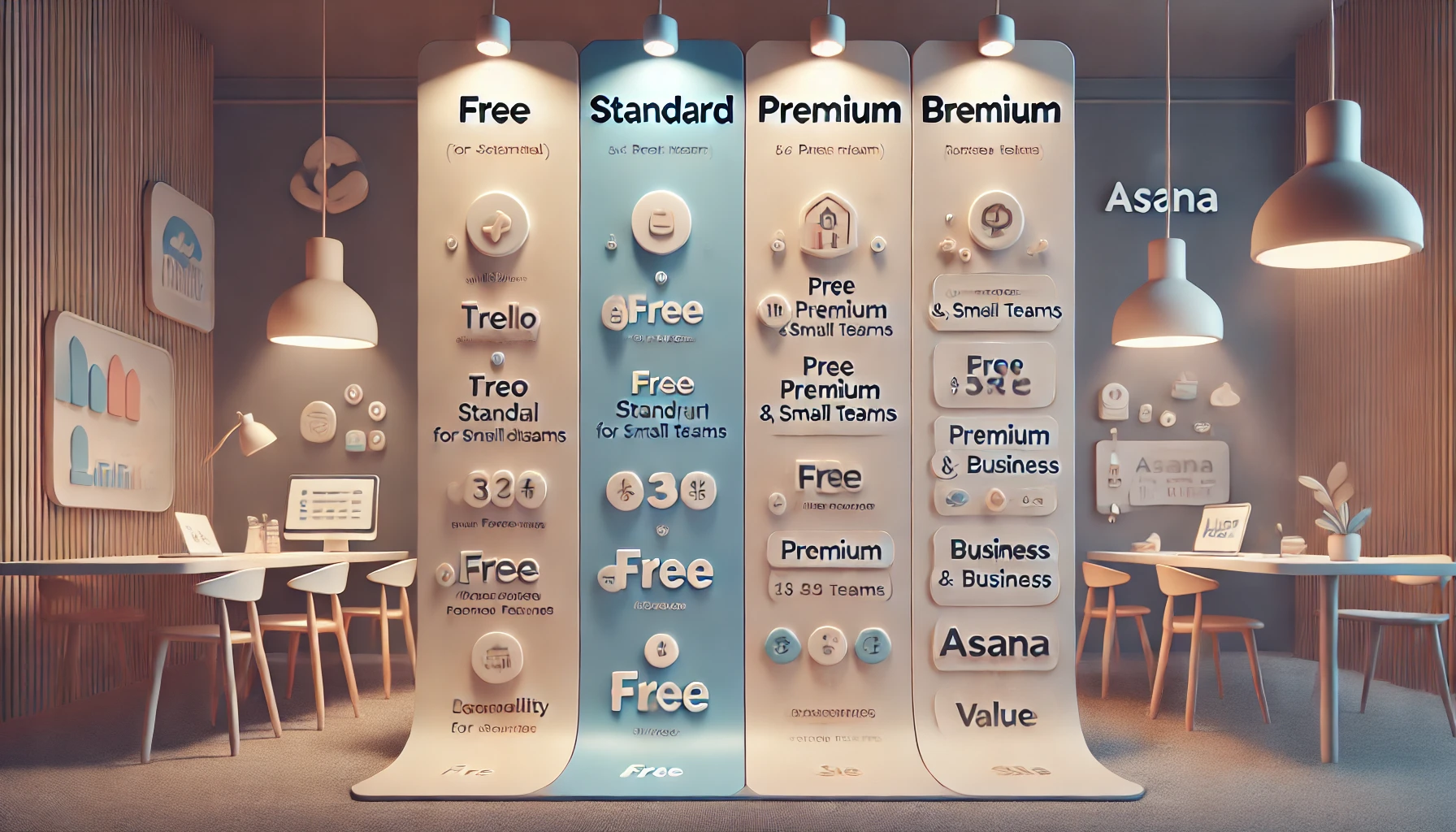
If you’re on the hunt for a project management tool to keep your team’s workflow running smoothly, you’ve probably come across two big names: Trello and Wrike. These two platforms are heavyweights in the project management world, but they come with their own unique features, strengths, and challenges. Choosing the right one can seriously impact your productivity, so let’s dive into how Trello and Wrike stack up against each other. From design and collaboration to flexibility and integrations, this guide will help you find the one that fits your needs best.
Interface and Design: A Visual Board or a Detailed Dashboard?
The first thing that hits you when you open Trello is its simplicity. Trello’s interface is built around the Kanban board style, where you create boards for projects, organize lists within each board, and fill those lists with cards representing individual tasks. It’s all about easy, intuitive navigation, so if you’re a visual person who thrives on drag-and-drop functionality, Trello is a dream come true. You can quickly see where tasks stand, who’s working on what, and which tasks are complete, all in one glance. Plus, Trello makes it easy to use color-coded labels, custom backgrounds, and other design elements to make each board uniquely your own.
Wrike, by comparison, is designed for more in-depth project management. It offers multiple view options beyond the standard Kanban-style board, including Gantt charts, list views, and a detailed dashboard where you can track your team’s progress in real-time. Wrike’s interface is more data-driven, allowing for complex hierarchies and a more organized, structured look at each project. While it doesn’t have the same level of visual appeal or simplicity as Trello, Wrike’s design caters to teams managing large projects where knowing task dependencies, deadlines, and status updates are crucial.
In short, if you want a simple, visually intuitive setup, Trello’s Kanban boards make it easy to stay on top of tasks. But if your project management needs are complex and data-driven, Wrike’s dashboard and multiple view options offer the deeper insight you might need.
Key Features: Simple Task Tracking vs. Comprehensive Project Management
When it comes to features, Trello and Wrike take different approaches, catering to different types of users.
Trello is all about simplicity. Here are some of the key features Trello offers:
- Kanban Boards: Visual boards that allow you to organize tasks, set deadlines, and manage projects with ease.
- Card-based Details: Within each task, you can add comments, checklists, attachments, and deadlines.
- Butler Automation: Trello’s built-in automation tool, Butler, allows you to create automated workflows, like moving tasks to a different column when completed.
- Power-Ups: Trello’s way of integrating additional features or connecting with other tools, like Google Drive, Slack, and even Wrike.
Wrike, on the other hand, is a full-scale project management platform that comes with features designed to handle bigger projects with complex requirements. Here’s what Wrike offers:
- Multiple Views: Choose from Gantt charts, list views, and Kanban boards to view projects from different perspectives.
- Task Dependencies: This feature allows you to set relationships between tasks, so your team knows what needs to be completed first.
- Detailed Reporting: Wrike’s reporting and analytics give you insights into team productivity and project progress in real-time.
- Time Tracking and Resource Management: Wrike lets you track the time spent on tasks and manage resources across different projects, which is ideal for large teams and complex projects.
Trello’s lightweight feature set is perfect for smaller teams or individuals who need a straightforward task tracker. But if you’re managing a more complex operation, Wrike’s robust toolset will give you the control and depth you need to handle every aspect of project management.
Flexibility: Customization and Adaptability
Trello shines when it comes to customization. You can personalize your boards, add custom fields, and set up Power-Ups to tailor the tool to your specific needs. Since Trello is highly adaptable, it’s commonly used for everything from managing client projects to tracking personal goals. Its flexibility allows you to add or remove elements as needed without losing sight of the core task management functionality.
Wrike also offers customization, but in a more structured way. Its features are tailored to suit a variety of industries, including marketing, IT, and product development, and you can choose templates to get started quickly. Additionally, Wrike’s custom workflows and request forms make it an adaptable choice for teams with established, repeatable processes. However, it does require a bit more setup to match Trello’s level of personalization, so if flexibility and quick setup are what you’re after, Trello may have the edge.
In essence, Trello is more flexible for general, all-purpose task tracking, while Wrike is better suited for teams looking to create specific, detailed workflows in a structured environment.
Integrations: Connecting Your Favorite Tools
One major factor in choosing a project management tool is its ability to integrate with the apps you’re already using. Both Trello and Wrike support integrations, but there’s a noticeable difference in how they handle them.
Trello’s Power-Ups offer a straightforward approach to integrations. The platform supports a broad range of external tools, from Google Workspace and Dropbox to Slack and Salesforce. With a free Trello account, you’re limited to one Power-Up per board, but Trello’s paid plans allow for unlimited Power-Ups, letting you integrate as many tools as you need. This makes Trello an ideal choice for small teams or solo users who only need a few essential integrations.
Wrike, on the other hand, has built-in integrations with major platforms like Microsoft Teams, Salesforce, Adobe Creative Cloud, and Google Workspace. Additionally, Wrike’s API and Zapier integration options allow for more custom connections with thousands of other apps, making it highly versatile for enterprise environments where seamless integration is essential. For example, if your team relies on Adobe products for creative work, Wrike’s native Adobe Creative Cloud integration could be a game-changer, letting designers work within Adobe while managing tasks in Wrike.
If your project needs are simple and you only require basic app integrations, Trello’s Power-Ups will do the trick. But for teams needing complex integrations across multiple platforms, Wrike is the stronger choice.
Collaboration and Communication: Which Tool Brings Teams Closer?
Trello and Wrike both support team collaboration, but their approaches to communication within projects are quite different. Trello is designed for quick, informal team interactions. You can tag team members in comments, attach files, and set due dates directly on each card, which keeps conversations focused on specific tasks. Trello’s notifications system is also very handy—you’ll get alerts for mentions, deadline changes, and task updates, ensuring no one misses an important update. And if your team uses other communication tools, Trello’s integrations with Slack, Microsoft Teams, and others make it easy to stay connected across platforms.
Wrike, meanwhile, is tailored for in-depth, structured collaboration. It goes beyond task comments with its built-in document editor, where team members can co-edit files and add comments within Wrike itself. The real-time activity stream lets users see what others are working on, making it ideal for teams that need high visibility across complex projects. Wrike’s “@mention” feature functions similarly to Trello’s, but Wrike also includes project-specific discussion boards where teams can have broader conversations outside of individual tasks. This feature is especially useful if you’re working with remote or hybrid teams, as it centralizes communication and reduces email overload.
So, if your team thrives on a lightweight, intuitive system for task-focused conversations, Trello is perfect. For those working in larger teams or on complex projects, Wrike’s more structured communication features keep collaboration organized and minimize the chance of lost information.
Mobile Experience: Managing Projects on the Go
With remote work and flexible hours becoming the norm, having a reliable mobile app is essential for staying on top of projects wherever you are. Both Trello and Wrike have mobile apps for iOS and Android, but the user experience differs.
Trello’s mobile app is highly intuitive, mirroring its desktop version with simple drag-and-drop Kanban boards. It’s perfect for updating tasks, adding comments, or uploading files on the go. The app’s simplicity is a big plus if you need to make quick updates without navigating complex features. The mobile experience maintains Trello’s visual appeal and is ideal for quick task management while you’re on the move.
Wrike’s mobile app is packed with features but can feel a bit crowded due to its complexity. You can view projects, access different task views (like List, Kanban, or Calendar), and even set dependencies from your phone. For larger projects, Wrike’s app allows you to perform detailed actions like tracking time on tasks or using the Gantt chart to manage timelines. However, if your project involves frequent adjustments and task reassignments, Wrike’s robust mobile app might be the better fit, despite the learning curve it may require.
In short, Trello’s mobile app is perfect for fast, easy task management, while Wrike’s app is suited to complex project adjustments on the go, though it may feel more intricate.
Pricing: How Do Costs Compare?
Budget is always a factor when choosing a project management tool, and Trello and Wrike have different pricing structures based on the types of users they target.
Trello has a free version with unlimited cards, members, and 10 boards per workspace, which is enough for small teams or individual projects. For more advanced features, like unlimited boards, multiple Power-Ups, and timeline views, Trello’s paid plans start with the Standard plan at $5 per user per month. The Premium plan, priced at $10 per user per month, includes advanced features like calendar view, automation, and priority support. Finally, Trello’s Enterprise plan provides organization-wide permissions and controls for $17.50 per user per month, catering to larger businesses with advanced security needs.
Wrike is pricier but comes with more enterprise-level functionality. Wrike’s free plan is quite limited, allowing for only basic task management and up to five users. For project teams, Wrike’s Professional plan starts at $9.80 per user per month, including Gantt charts, task dependencies, and integrations. The Business plan, which is Wrike’s most popular, costs $24.80 per user per month and adds custom workflows, time tracking, and advanced reporting. For enterprise users, Wrike offers custom pricing with additional security, integrations, and dedicated customer support.
In terms of value, Trello’s pricing is a steal for small teams or freelancers needing simple task tracking. But if your team requires a robust platform with detailed project management tools, Wrike’s paid plans will be worth the investment.
Final Verdict: Trello or Wrike?
So, which project management tool is the better choice? It depends on your team’s needs and how you like to work.
Trello is the go-to for teams that prioritize simplicity, visual organization, and easy task management. It’s an excellent tool for smaller teams or individual projects, where a light, Kanban-style approach to project management will get the job done. Trello’s flexible, customizable setup makes it a favorite for freelancers, creatives, and small businesses who need to stay organized without overwhelming themselves with features.
Wrike, on the other hand, is ideal for larger teams managing complex projects. Its structured, feature-rich platform is designed for organizations that require detailed workflows, task dependencies, and in-depth reporting. If you’re in a corporate environment, a creative agency, or a tech team handling multiple projects with specific deadlines and responsibilities, Wrike’s advanced capabilities can provide the oversight you need.
Ultimately, both tools are excellent at what they do. If you’re undecided, a great way to find the right fit is to try the free versions of each tool and see which one suits your workflow and project needs best. Happy project managing!




